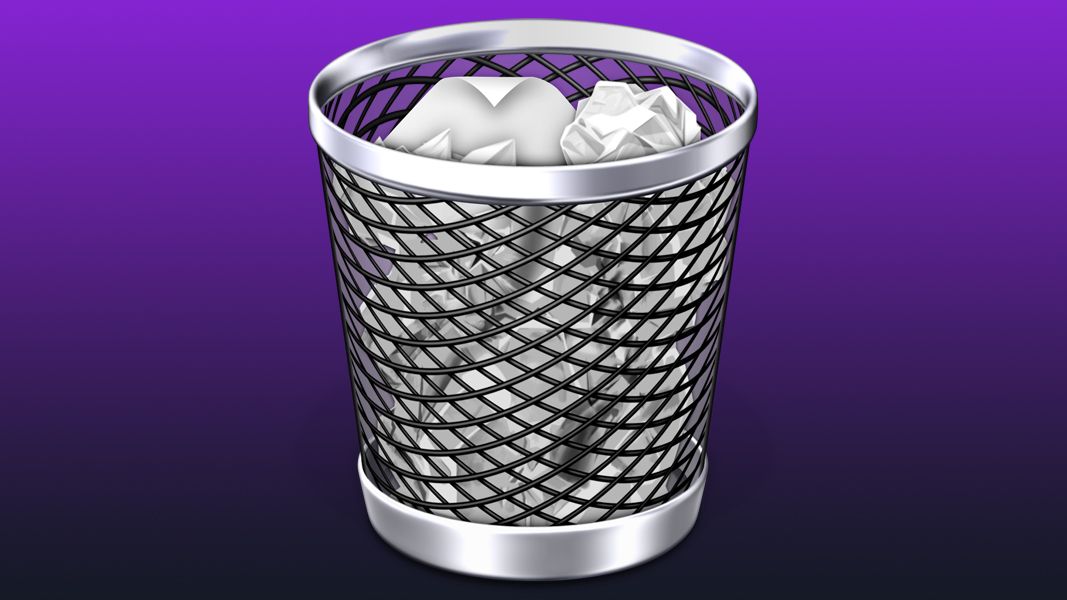

If you choose the “Empty Trash” option, the files still don’t really go anywhere. Even if the files are sitting in the trash can, they’re still occupying those chunks of your hard drive just moving them into the trash can doesn’t free up space at all. It improves performance, because if you’re running out of room, the files sometimes need to be saved in pieces just to get it to fit. Many times people delete files simply to free up more space on the hard drive. Files are stored in chunks throughout the hard drive. To understand which trash option you should choose takes a basic understanding of how files are stored on the Mac.


It’s still simply a vessel that’s used to transport the files from your hard drive to being deleted. While the appearance of the trash can in Mac OS has greatly changed over the years, from a crudely drawn trash can to a vibrant wire mesh can filled with crumpled paper, the actual function hasn’t changed at all.


 0 kommentar(er)
0 kommentar(er)
